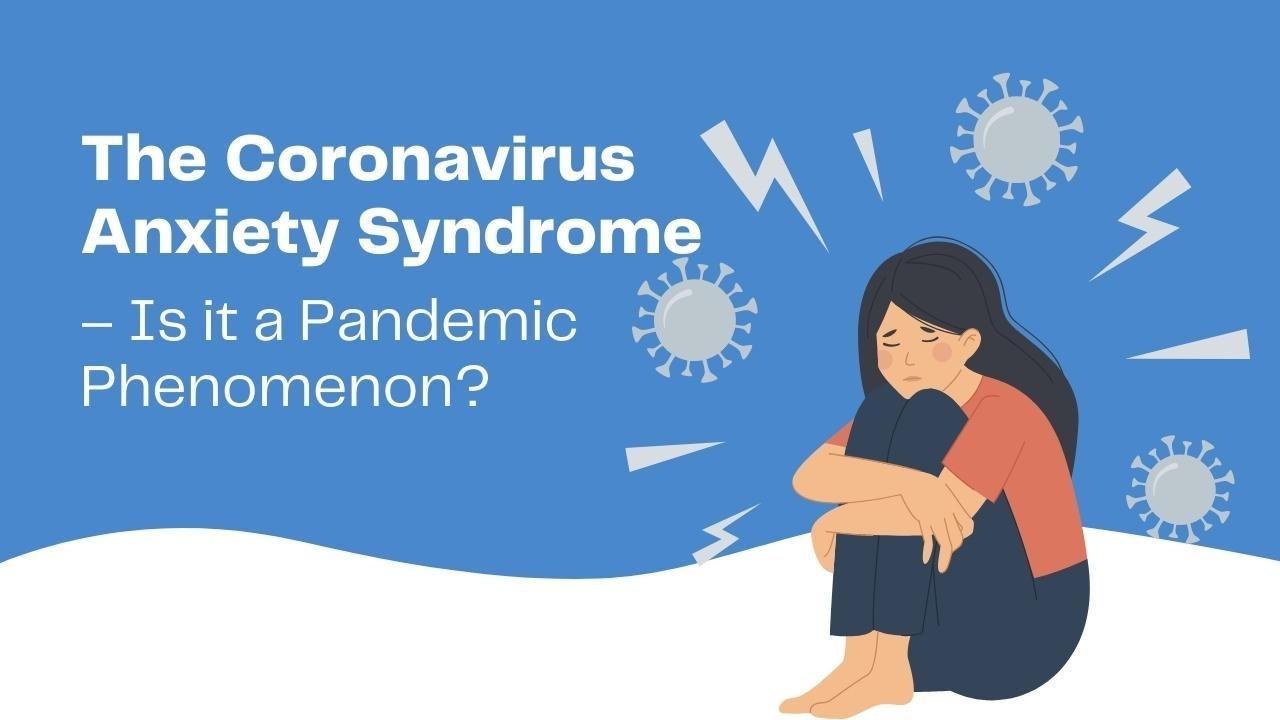It has been nearly two years since the world survived the pandemic—the initial appearance resulted in extreme worry and mass fear. And the concern morphed into severe anxiety when people started to get affected by the COVID-19 virus. At the start, the scientists know little about the virus and other physical discomforts it can cause.
That aside, after recovery, different people were getting affected differently, which didn’t leave the medical professionals with much data to arrive at a fixed conclusion concerning the virus.
The things that followed the pandemic
Right after the initial pandemic storm, people witnessed masked mandates, lockdowns, limited travel, and even the social distancing protocols implemented to curb the virus spread. The outside media reported how the pandemic impacted the ordinary life course and how the medical community felt vulnerable in managing the initial rate of infections.
According to research by MyBioSource, close to 55% of people feel that interstate travellers should get compelled to follow the quarantine process for about 14 days.
Globally, there were more than 150 million cases of COVID-19. And close to 3 million deaths occurred because of the ailment. Based on the current projections, the infection rate is coming down in certain countries, like the United States.
Today, it is possible that herd immunity has gone up with the advent of vaccines. To date, close to 1 billion vaccine doses have been administered globally.
Hence, many places in the United States have eased out the pandemic protocols. The lockdowns have been lifted, and people can travel all over again. However, it is essential to be watchful about their security. For many people walking out of the house and mingling with others has been laden with anxiety and fear.
Even though the situation is much better, some people witness umpteen worry and stress. Most medical experts are calling it COVID-19 anxiety syndrome.
The symptoms of these syndromes can mimic the ones with various mental health conditions, comprising PTSD, anxiety, and OCD. However, the pandemic and other allied factors seem to cause this. One of the leading causes is social isolation and staying-at-home orders.
What is known as the COVID-19 anxiety syndrome?
Profs Ana Nikčević, Kingston University, London, and Marcantonio Spada introduced the aspect or phenomenon of COVID-19 anxiety syndrome. In Psychiatry Research, a paper published in October 2020, Profs Ana Nikčević highlighted the traits of the pandemic anxiety syndrome, listing worrying, threat monitoring, and compulsive symptom-checking as the significant symptoms.
The syndrome can manifest in a person not being able to leave the house due to fear of the virus. Here people try their best to avert all kinds of social interactions. According to the investigators, the people witnessing this syndrome usually notice high post-traumatic stress, suicidal ideation, health anxiety, and general and acute stress.
How did the pandemic impact people’s mental health?
During the pandemic’s start, most people were always on their toes and witnessed worry and fear around the clock. With time the medical community started to attain increased know-how about the virus and the way it impacts the body of people across multiple age groups. Gradually, society began to accept the new norms to live life during this phase of the pandemic.
Through the global health emergency, the reactions have differed widely. A few people didn’t wish to change their way of being. On the other hand, others followed all the rules to stay safe. And at a broader scale, a vast section of people witnessed a massive disruption to their lives. Disaster situations have a similar impact.
According to the International Federation of Red Cross and Red Crescent Societies, a disaster is a catastrophic, abrupt event that can acutely disrupt the functioning of the society or the community, resulting in environmental, economic, material, and human losses.
And a disaster will always hurt your mental health. Research suggests that any disaster can lead to depression, anxiety, and PTSD. And people who already have mental health problems will become vulnerable during such situations.
Finally, the Centers for Disease Control and Prevention (CDC) has come out with a report, where it states between the June 24th and 30th, 2020, highlight that close to 40% of adults had reported close to one severe mental health issue, which included depression, anxiety, suicidal ideation, and substance abuse.
Today, there is an increased understanding of the mental health landscape. The medical community and therapists have recognized a wide range of symptoms that is very common with the pandemic. Furthermore, some medical experts have the expertise in managing this anxiety and help people get over it with therapy and medications if needed.









